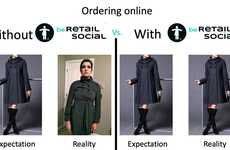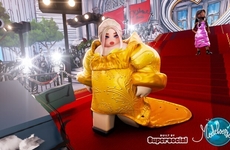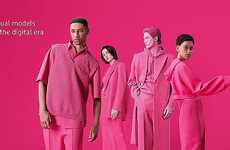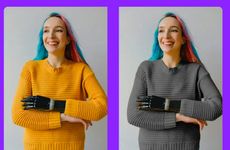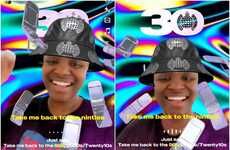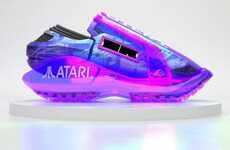
PrettyLittleThing's "Virtual Girl" Models Products on the Brand's Site
Laura McQuarrie — February 5, 2022 — Business
References: prettylittlething & fashionunited.uk
PrettyLittleThing's "Virtual Girl" is the first-ever virtual model from the fast fashion e-retailer and she has been designed to be relatable, real and expressive. The virtual model helps to bridge the gap between the real and the metaverse and she can be seen modeling the brand's products on its website. The virtual model has intentionally been created to share a wide range of emotions in order to connect with the brand's core consumers.
PrettyLittleThing creative director, Toni Hayden, said: “We want to make our girl as relatable and real to our customers as possible. We will build her lifestyle based on our customer's interests, likes and dislikes. A true ambassador for the brand." Although the virtual girl does not have a name currently, PrettyLittleThing has asked its community for help, and the person who picks the winning name will be turned into the next virtual model for the site.
PrettyLittleThing creative director, Toni Hayden, said: “We want to make our girl as relatable and real to our customers as possible. We will build her lifestyle based on our customer's interests, likes and dislikes. A true ambassador for the brand." Although the virtual girl does not have a name currently, PrettyLittleThing has asked its community for help, and the person who picks the winning name will be turned into the next virtual model for the site.
Trend Themes
1. Virtual Models - Creating virtual models is a potential disruptive innovation opportunity for fashion brands to increase customer engagement and personalize marketing efforts.
2. Metaverse Integration - Integrating virtual models into the metaverse provides a new way for brands to showcase their products and create a more immersive shopping experience.
3. Consumer-centric Design - Designing virtual models based on customer interests and preferences can help create a stronger emotional connection with the brand and its products.
Industry Implications
1. Fashion - The fashion industry can potentially benefit from using virtual models to showcase their products and create a more engaging shopping experience for consumers.
2. Marketing and Advertising - Virtual models provide a potential disruptive innovation opportunity for marketing and advertising agencies to create more personalized and interactive campaigns for their clients.
3. Technology - Developing advanced virtual models with emotional responses and AI capabilities is a potential disruptive innovation opportunity for technology companies to tap into the growing virtual fashion market.
6.3
Score
Popularity
Activity
Freshness


